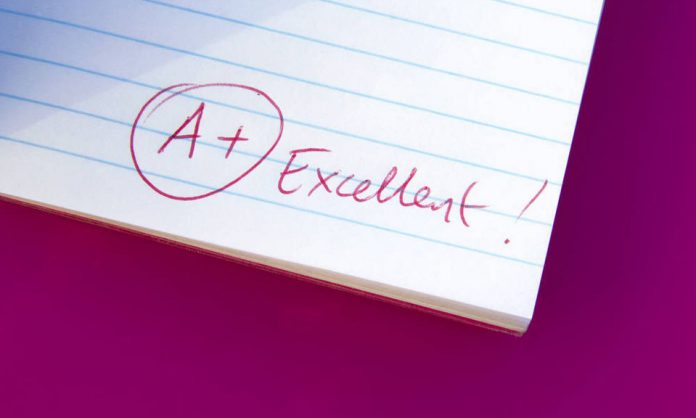By: MaryRose Cobarde Candare
When the subject of school comes up, grades can’t be far behind. In fact, most students fear school for the pressure of getting good grades. However, a growing number of researchers and administrators agree that academics are neither the only, nor the most important indicator of learning and achievement.
An “A” on the report card, a stamp of a star for good behavior, ease in making friends, courage to pursue arts, the ability to adapt to change, resilience in facing setbacks and negative emotions – these are all equally significant achievements according to proponents of emotional intelligence (EI). It invites us to look at achievement through imaginative and compassionate lenses.
Traditional Measures
The old school, so to speak, applies generic tests with precise scoring such as a true/false, matching and multiple choice types to “measure academic ability”. These tests are convenient and easy to grade but they only gauge memorized data and involves lower level thinking skills. A language learner for instance may be able to identify the synonym of a given word but may not be able to correctly use the word in real-life setting. Paper and pencil test may check listening and reading skills, but fall short on accurately appreciating speaking and creative writing skills.
Beyond Traditional Measures
In order to engage high level thinking skills, a more authentic form of assessment is now in place in the form of performance test which integrates concept with practice and apply learnings to practical situations. This type of assessment encourages creativity, develops critical thinking, enhances comprehension and engages students in cooperative group activities. Tasks require them to reason, problem-solve and collaborate with others.
- Using Rubrics and Metrics in Context
Components that make up a student’s mark are not simply a combination of numbers that add up. They are a representation of a balance that must be considered in assessing quality of performance. They do not exist in a vacuum but instead are considered in the context of a larger platform. Such quantitative data is an effective tool in breaking down to students the expectations that attend any particular task, project or performance. It also helps students see that learning entails the practice and development of specific set of skills.
Rubrics are multidimensional sets of scoring guidelines that can be used to provide consistency in evaluating student work. They spell out scoring criteria so that multiple teachers, using the same rubric for a student’s essay, for example, would arrive at the same score or grade.
Source: www.edutopia.org
Alternative assessment allows teachers to adopt the most appropriate mechanism that takes into consideration different learning styles, maturity levels, learning disabilities, physical disabilities, and other factors that affect individual performance.
Further Along the Road to Imaginative Learning
A famous quote attributed to Albert Einstein calls us not “to judge a fish by its ability to a climb a tree.” While such strong pronouncement is a comfort to parents, who feel their child’s genius is neither adequately tapped nor properly acknowledged, (and to a large extent such demand is understandable) we need to accept that a standard range of generic expectations may be applied even to a class of unique individuals. But schools must proceed holistically.
When Daniel Goldman popularized Emotional Intelligence in 1995, the world quickly embraced the sentiments of putting equal premium on educating the heart as much as the head. Broadly-speaking, EI covers the dimensions of perceiving, understanding and regulating emotions. Such skill of the heart is crucially important for every learner. It is comparable to an inner compass that steers our children along the path of healthy engagement with others, the school community and the world beyond. It adds an essential spectrum to the array of multiple intelligences.
The whole range of school experiences, academic highs and lows, from making friends to dealing with bullies, make for a rollercoaster ride in the classroom. Adapting new tools and methods for assessing academic achievement are growing in popularity and rightfully so.
The Theory of Multiple Intelligence revealed something more than just the fact that each learner has a capacity to cultivate excellence in a particular field. More importantly, such revelation opens up the need for teachers to adapt their methods to suit students’ varied learning styles; to teach in the manner students learn best. Some kids learn better with visuals, others by listening and still others by writing notes.
The classroom must be inclusive enough to accommodate such varied ways of learning. Only then can children learn “at the beat of their own drum” even in the midst of a group.
Parents too, are challenged to extend their expectations beyond the numbers, towards the meaning of marks. We are invited to develop patience for our child’s learning path; their own process of growth. Howard Gardner puts it wisely, “It’s not how smart you are that matters, what really counts is how you are smart.”
For updates on our content, LIKE MomCenter Philippines on Facebook and FOLLOW @momcenter.ph on Instagram.
MaryRose Cobarde Candare or MaryMom as she is fondly called by family and friends is a hands-on, working mother of 2 harmonizing her love for her children with her passion for writing and teaching as forms of service to others.





